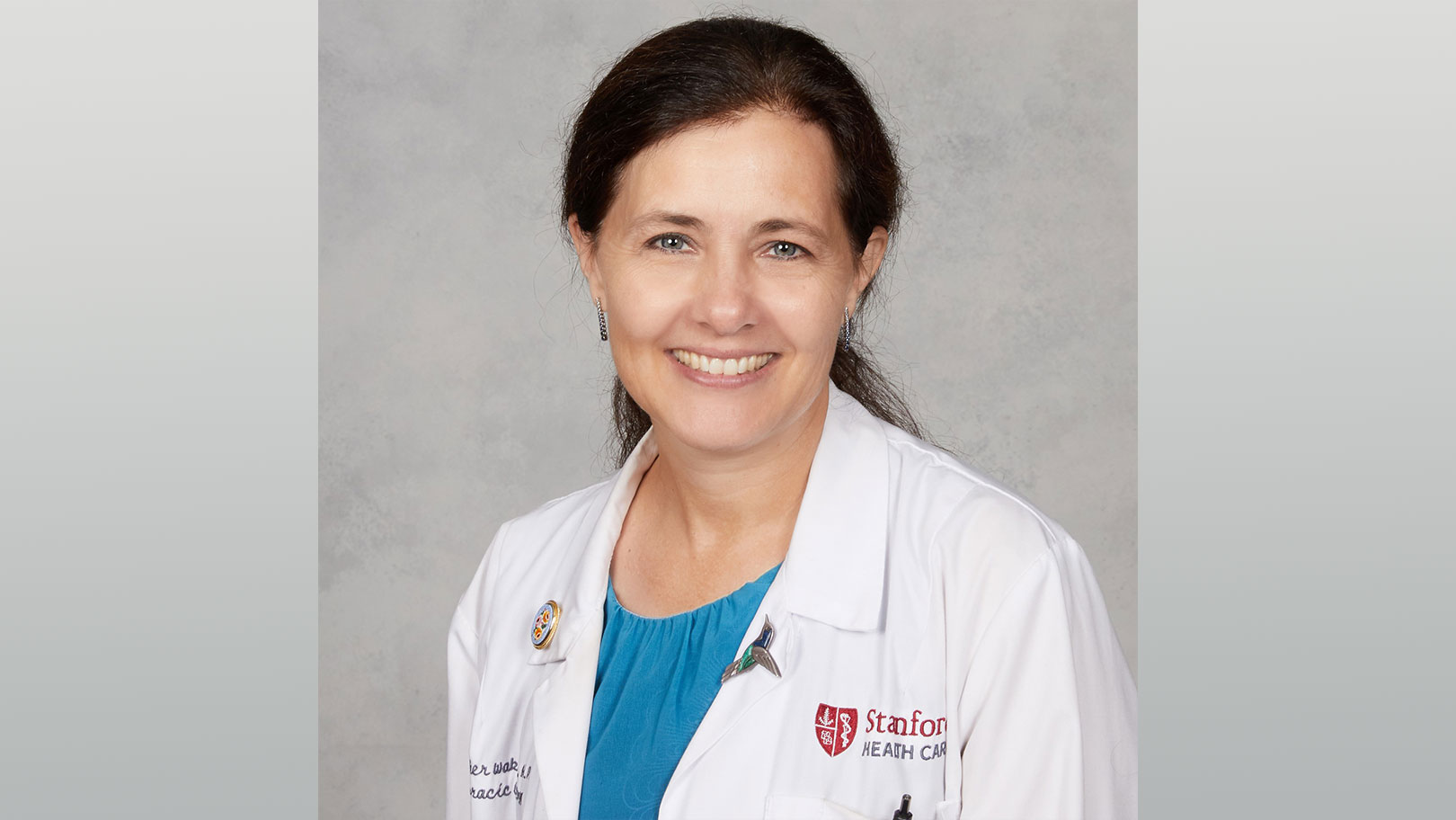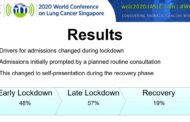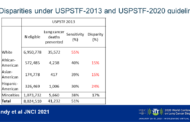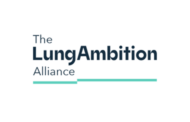Heather Wakelee, MD, is the President-Elect of the IASLC and will assume presidential responsibilities at the 2021 WCLC in September. She is the Chief of the Division of Oncology at Stanford University and Deputy Director of the Stanford Cancer Institute. She is also the principal investigator of numerous clinical trials and lead investigator for the ECOG-ACRIN clinical trials group at Stanford. Dr. Wakelee talked with WCLC News about the increasing demands on healthcare providers and researchers in the virtual world, and the value of being an active part of the IASLC.
With scheduling growing increasingly tighter in the virtual world and free time being far less available, how has the transition to virtual impacted you as a volunteer leader of the IASLC and in your professional and personal roles?
Before the pandemic the majority of volunteer work for societies was done at conferences, during which time you did not have to worry about patient care and administrative work at your home institution. It is perfectly understandable that you cannot physically be in two places at once and thus you could focus solely on the conferences and volunteer work during that time. In the new virtual world, however, you can no longer be “away” and thus the conference and volunteer time are often done nearly simultaneously with patient care and home institution administrative work. In addition, travel provides a free pass of sorts to having to ensure that needs at home are met, such as childcare. When you are doing everything virtually, there is no free pass. You must try to figure out how to juggle clinic, helping with homework, attending the conference, being at an administrative meeting and contributing as a volunteer simultaneously.
However, we can continue to engage people on a larger scale and on a global basis—meaning more people can attend even more conferences because they can connect across the world in 30 seconds instead of spending a day in travel. In addition, in the on-demand space, it is great to be able to log in and navigate to things that are relevant to your daily practice. I can sometimes attend two conferences simultaneously, but it is fairly taxing.
When you choose an academic career, you are at the cutting edge of research and teaching, and you have an opportunity to engage intellectually with people from around the world that have the same passion you do. This is a very replenishing thing to do—to go to the conference and discuss those really interesting questions and latest opinions. It is the casual conversations at the back of the room or in the hallway that really help drive home interesting points and ideas. In the virtual world we still have the science, which is great, but we have lost all of the fun and replenishment and the critical side conversations.
So there are pros and cons to this virtual world: you can be more effective but in a way that is not sustainable.
That being said, the IASLC is doing all it can to both inform and engage attendees. In keeping with live meetings of the past, the IASLC has worked hard to ensure that attendees can expect exciting new data to be offered at this all-virtual conference. We made a concerted effort to provide a large selection of global perspectives. We also experimented with how information was released due to the rescheduling of the 2020 WCLC from August 2020 to January 2021, and it was exciting to be able to provide a number of practice-changing trials in August 2020 with the Virtual Presidential Symposium and then focus on multidisciplinary educational sessions, as well as late-breaking data, in the winter (January 2021). In addition, there are multiple ways to engage with faculty and other attendees during the WCLC, including chat during the sessions, interactive live Q&As, and interactive booth experiences in the Exhibit Hall. The IASLC welcomes patient advocates to connect through the Patient Advocacy Lounge, and the IASLC Booth provides interactive information about all of the society’s offerings. Of course, attendees are also encouraged to interact on Twitter using @IASLC and #wclc2020 to follow the conversation. I know that we cannot replace the hallway conversations we all miss, but we can still inspire one another through engagement.
Why did you decide to join the IASLC and what about the society made you want to volunteer at the leadership level?
I met Drs. David Gandara and Paul Bunn, both past presidents of the IASLC, very early in my career and they have been important mentors for me. Both encouraged me to join the society long ago. When I started in oncology there were not as many exciting developments in the field of lung cancer, but I realized that the lung cancer researchers were “my people” in terms of being passionate about working in an area where there was not much to offer the patients and a lot of hope for the future. It has been wonderful to work in this field and have so many options now for patients. My interest in IASLC has also been strengthened by the value I place on the international aspects of the discussions. It has been so amazing for me personally to realize that there are people all around the world with parallel lives to mine—they are physicians dedicated to treating patients with lung cancer and they face a lot of the same challenges as me and share the same sense of excitement while witnessing these incredible advances in the field. Also, it has been enlightening for me to learn about the different challenges regarding regional healthcare systems. It has become very obvious to me that it really is all one world when it comes to successes and challenges in lung cancer.
In addition to being so truly international, the society is also extremely multidisciplinary. When you see a problem and you only look at it from one perspective, it is hard to see beyond the next big step. When we are working together with people who have different perspectives because of their specialty training or their geographic location, then we are able to make a much bigger impact. Membership in the IASLC allows for contribution to that impact.






